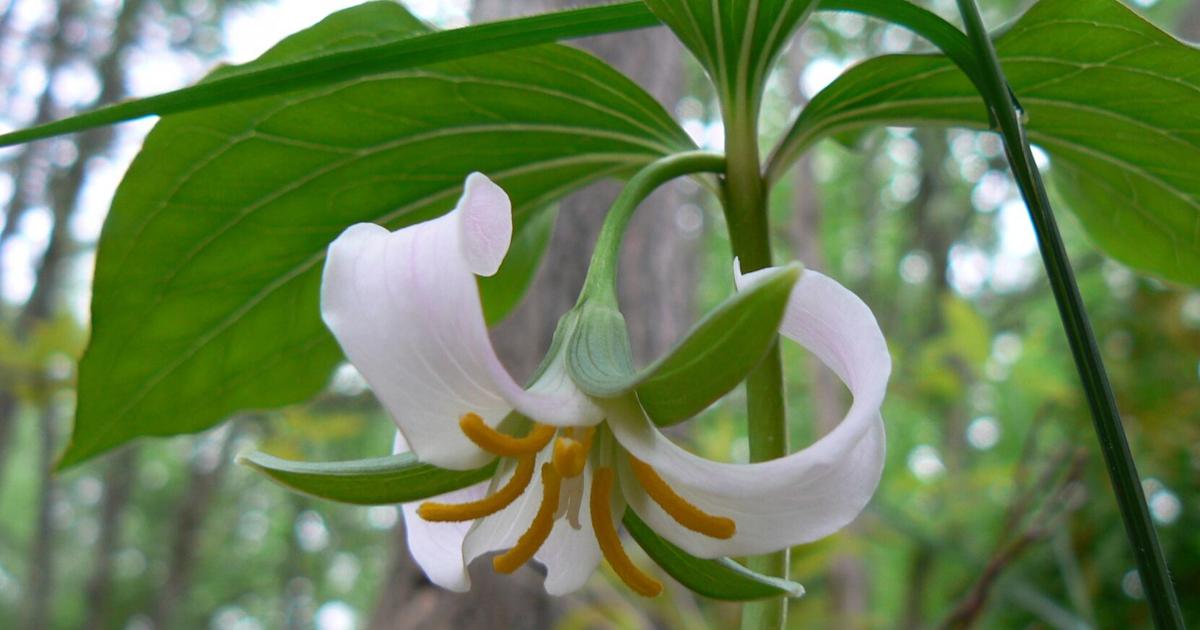GARDENING WITH THE MASTERS: Early flowering heralds spring | Way of life
Gardeners tend to be impatient. We eagerly await the arrival of spring, watching for signs of nature waking up from the cold of winter. Some of the earliest heralds of spring are woodland natives who put on their flower show as early as March or April. They start the growing season early by emerging from the ground, flowering, pollinating, and setting seeds before the tree canopy breaks off and shades the ground.
Some of these early bloomers are classified as “spring ephemeral,” meaning that their foliage disappears relatively quickly after the plants bloom. When this happens, the plant has shifted its energy underground, where food for next year’s appearance is stored, often in the form of a corm, tuber or corm.
Most spring mayflies are relatively small forest plants that have a deceptively delicate appearance, belying the fact that they are remarkably hardy. They have cleverly adapted to take advantage of the season’s conditions – temperature, humidity, sunlight, soil nutrients and pollinators. Thus, they have created a specialized niche with an efficient and rapid growth cycle.
These plants can’t afford to wait for warm weather to start growing, because then the trees overhead would block precious sunlight and absorb moisture and nutrients from the soil. These plants grow close to the ground, where extreme temperatures are mitigated by the heat contained in the moist soil. Many have also adapted structural strategies to trap heat, such as dark or hairy foliage.
During these colder months of spring, fewer insects are on the prowl, so those early bloomers should do all they can to attract insects that are active. They use a variety of methods, including colored petals (often with colors only insects can see) and markings to guide pollinators to their desired goal. Many spring mayflies have an aril attached to their seed. This oily appendage is a food source for insects such as ants, which carry the seed to their underground nests, essentially planting it.
Spring mayflies and other early flowers are delightful additions to the woodland garden; however, their fleeting nature creates a void when they go dormant. Use ferns or other wildflowers to replace them when they retire. Let the foliage of spring mayflies die back on its own rather than cutting it back when it begins to turn brown. This will ensure a strong plant with enough food reserves for next year’s growth spurt.
These sturdy little plants provide a fitting, albeit brief, introduction to spring by defying the lingering cold in the soil as they spring to life, gladdening the hearts of eager gardeners.
Here is a list of some of the more common early bloomers found here in Cherokee County: trout lily (Erythronium umbilicatum), bloodroot (Sanguinaria canadensis), rue anemone (Thalictrum thalictroides), trilliums (Trillium spp.), liver (Hepatica americana), mayapple (Podophyllum peltatum), bellwort (Uvularia spp.) and toothwort (Cardamine spp.).
As with all native plants, be sure to only buy from reputable nurseries. Wild collection threatens populations, so look for vendors who only sell nursery-propagated plants. You can find a list of nurseries that sell native plants on the Georgia Native Plant Society website: www.gnps.org. You can also purchase native plants from local organizations that hold plant sales, such as the Chattahoochee Nature Center or the Georgia Native Plant Society. The GNPS also conducts “plant rescues,” which allow its members to legally save plants in areas under development. Happy gardening!


Comments are closed.